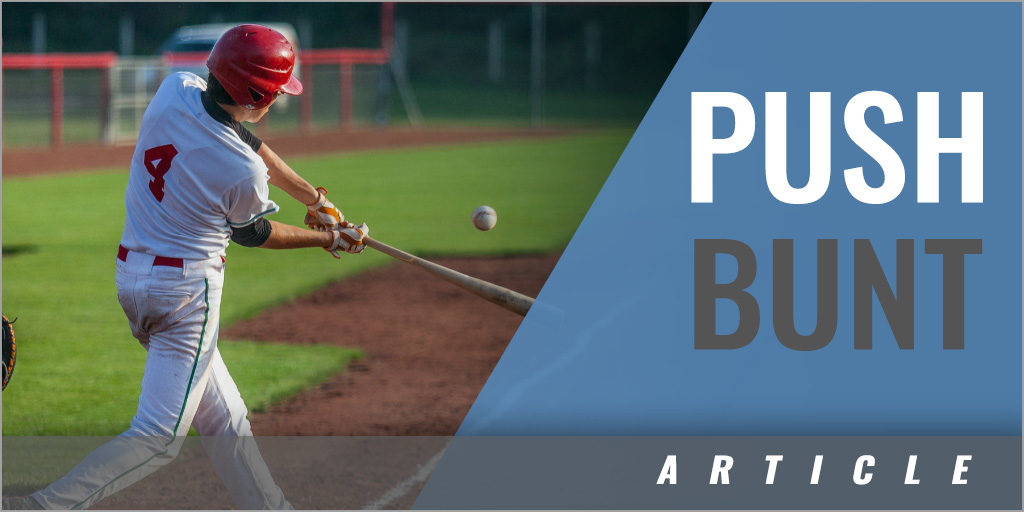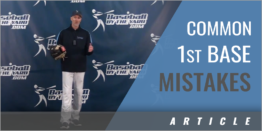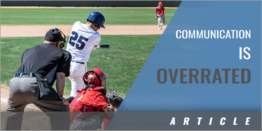|
By: Bob McCreary Provided by: Baseball By The Yard In my opinion, one of the most underrated plays in baseball is the push bunt from right handed hitters. Someday I'll make a video demonstrating how to do it properly but today we'll just get into the benefits and the purposes of it. First, the benefits. It confuses the 1st baseman and the pitcher. The dotted line in the photo shows the path that push bunts should take. Placing it on that path at the correct speed puts both the pitcher and the first baseman in a difficult situation. Who goes for the ball and who covers first base? Very often, both go for the ball and nobody covers first. Slow runners can succeed at it. This is due to what was just said above … nobody is able to cover first base if the bunt is positioned correctly at the proper speed. It gives slower runners another option at gettingon base. It helps you beat a good pitcher. Sometimes a pitcher is so good that he just shuts down your offense. If you have numerous bunters on your team, however, you still can do some damage. Base-hit bunting forces the other team to make plays instead of just being able to sit back and watch their pitcher dominate every hitter. Put the ball in play and you'll be amazed at what can happen. You bunt it towards the two worst fielders. There are always exceptions to this but very often the two worst infielders on a team are the pitcher and the first baseman. The push bunt keeps it away from the fielders who are accustomed to working on fielding and decision making most often. They think you are bunting to third. Pitchers and first basemen most often assume the base hit bunt will be hit towards third base. As a result, many pitchers instinctively move towards the third base side even before the bunt is made. First basemen often do not even charge when they see the batter turn to bunt. Both actions make it easier for batters. And now the purposes. To get a hit. A lot of hitters hate to bunt. These days you almost never see it on TV either so most players don't even consider it an option. Don't make that mistake. Being a good push-bunter gives a hitter another option to get on base with a hit particularly when they happen to be in a slump. Base-hit bunts keep them contributing even though their swing may currently be a mess. To move the runner from 2nd to 3rd. I've heard several players say thattheir high school and/or college coach made it mandatory that if the lead-off hitter of an inning hit a double, the following batter automatically push-bunted towards first. You may get a hit but the very least you are going to do is move the runner to 3rd base. To safety squeeze. With less than 2 outs and a runner on third base, pay attention to where the first baseman is playing. If he plays behind the bag then he is giving you the opportunity to safety squeeze. The batter push-bunts towards first and the runner (afterseeing if the bunt is properly placed) breaks for home plate. Just like any other base-hit bunt, the push bunt can be demoralizing to the other team and can fire up your own. It takes a lot of practice and attention to detail but the push-bunt can be extremely effective in making you more of a threat at the plate and allow you to be a more complete offensive player.
|







